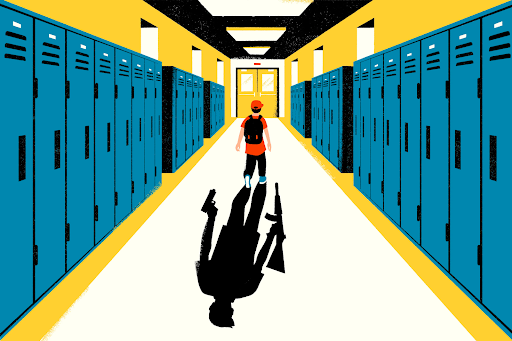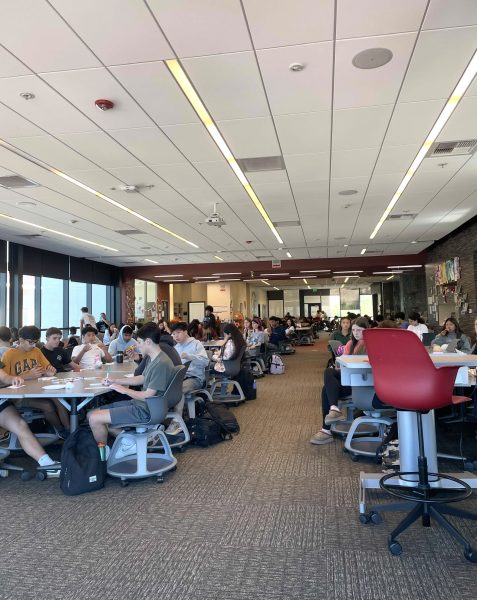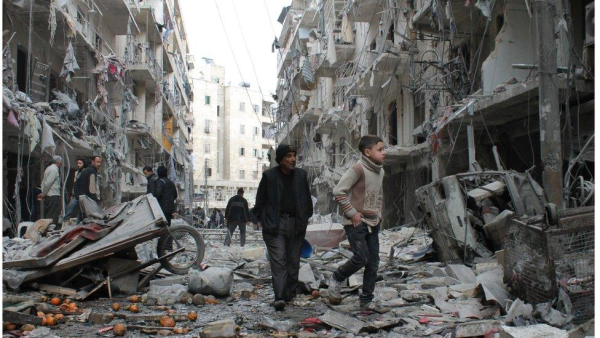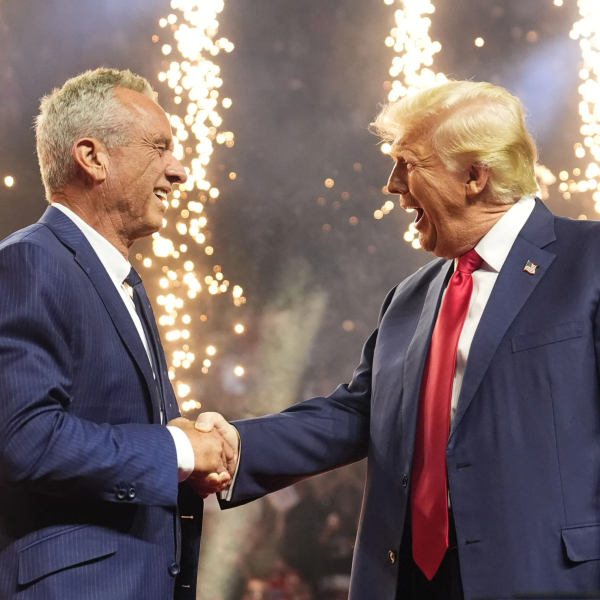School shootings: a bandaid on a bullet wound

As students returned to in person learning, school shootings continue to make headlines. The pandemic showed us that improving student’s mental health is one component in preventing school shootings.
The back-to-school season is often filled with anticipation and excitement but it isn’t until students are hiding under a desk, texting their mom “I love you” that their excitement turns into terror.
Schools should be a safe place where students and parents don’t have to worry about someone showing up to campus with a gun. However, due to unregulated gun laws, the sad reality is that students are often the victims of this crisis.
The massacre at Columbine High School in 1999 was the start of this epidemic, but 23 years later, the same horrific scenes of students hiding under their desks and parents frantically checking on their kids play out again and again. We are facing a national crisis where school shootings have gone from a rarity to an accepted occurrence.
The pandemic seemed to give us momentary relief from school shootings. March 2020 was hailed as the first month without a school shooting since 2002. But the start of the 2021 school year quickly reminded us that America’s gun violence problem continues to prevail.
Everytown for Gun Safety, a gun control nonprofit organization founded in 2013, found that August 2021 marked the “highest number of monthly gun incidents ever recorded in Everytown’s database.” It seems that no matter the conditions, school shootings continue to make headlines year after year, but it’s only after the shots are fired that the conversation starts.
The words “locks, lights, and out of sight” have become solidified in every child’s mind. The shooter is often portrayed as a “big and scary” gunman coming onto campus, but the reality is the polar opposite.
“The most troubling thing about all of this is that most school shooters are fellow students,” sophomore Sasha Jackson said. “A student that knows the drills. A student that knows when their peers are outside. And the thought of that is scary.”
Restricting student access to guns is imperative to stopping school shootings in America. On a school level, investing in students’ mental health can further prevent crises before the threats are even made.
Our year of isolation highlighted the necessity of mental wellness for students. The CDC reports that “emergency department visits for suspected suicide attempts among adolescents jumped 31% in 2020, compared with 2019.”
There’s no doubt that school feeds into the constant pressure teens are facing on a day-to-day basis. As teens discover who they are, where they fit, and what they enjoy, internal struggles and self-doubt can flourish. From feeling the pressure to fitting into meeting your and your parent’s expectations, high school can oftentimes be mentally exhausting for many teens.
Addressing mental health issues in school is extremely important, but blaming a school shooter’s actions entirely on mental illness undermines the severity of school shootings and shines a light of sympathy on the shooter. However, the truth remains that countless innocent lives have been taken at what should be a safe place. Dismissing this sad reality doesn’t give the victims of school shootings any sort of justice; it only excuses the perpetrator’s actions.
There also comes harm with the stereotype that all school shooters have severe mental health issues, as this isn’t the case for all school shooters. This stereotype contributes to the negative stigma that surrounds seeking help for mental health concerns. Schools must normalize students sharing their mental health issues so that students can get help without fear of being villainized or labeled as a possible school shooter.
At the end of the day, it should not take more innocent students to die for America to take action. Both mental health resources and stricter gun control must go hand-in-hand in order to help prevent school shootings from happening time and time again.

Olivia Brandeis is a senior at Monte Vista and is in her fourth year at The Stampede. This year, she’s...

Maya Bhatt is a senior in her third year of Journalism, and she is thrilled to lead The Stampede as the...






